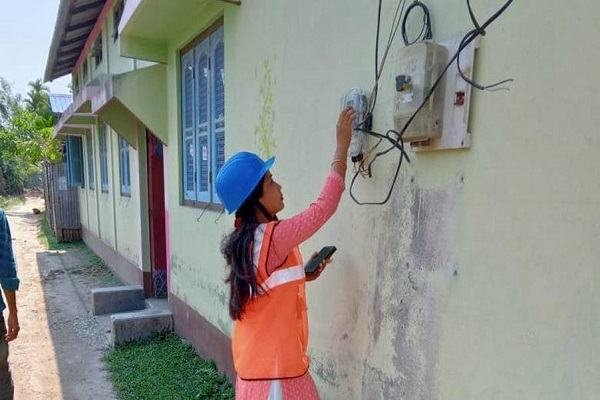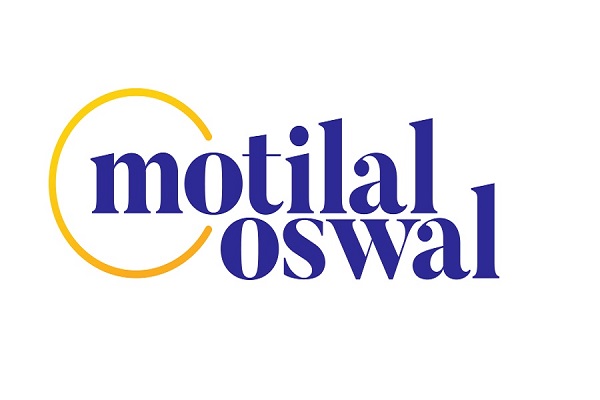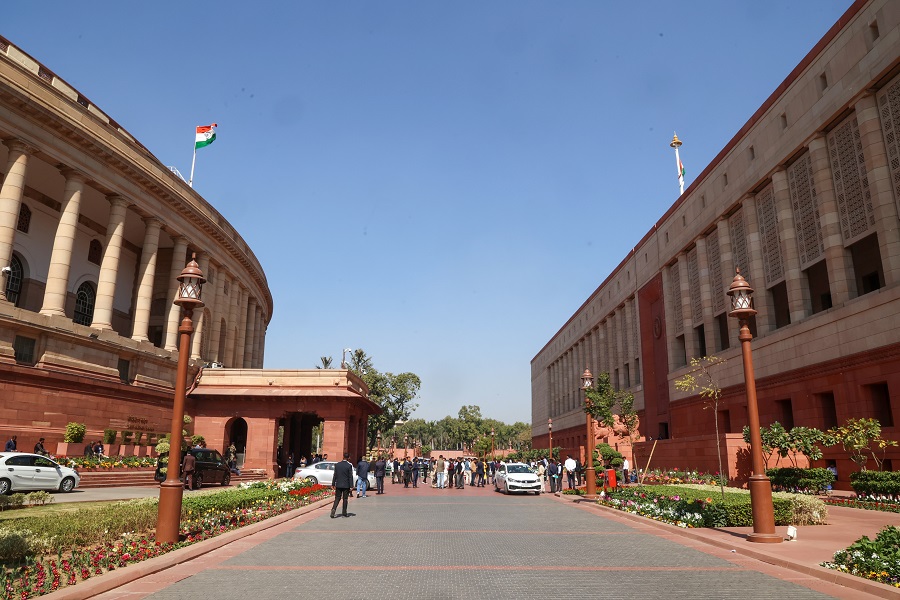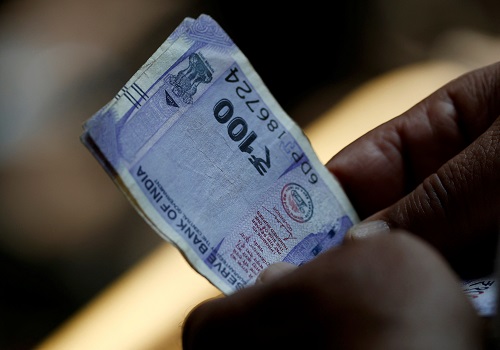Fixed Income Monthly Commentary – August 2021 by Pankaj Pathak, Quantum Mutual Fund

Below are Views On Fixed Income Monthly Commentary – August 2021 by Pankaj Pathak, Quantum Mutual Fund
July was a mixed month for the bond market. The old 10-year benchmark bond sold off by about 18 basis points to end the month at 6.23% compared to 6.05% at the end of June 2021. Part of this selling in the 10-year bond was due to the issuance of a new benchmark paper.
The issuance yield (coupon rate) on the new 10-year benchmark bond was set at 6.10% and it moved up in the latter part of the month to close at 6.20% on July 30, 2021.
Other long-term bond yields also moved up by about 5-10 basis points during the month due to rising inflation risk and supply pressure. While the yield on the shorter-maturity segment (up to 3-year maturity) came down by about 20-30 basis points following an increase in surplus liquidity.
The RBI continued its market interventions as it conducted two OMOs of Rs. 200 billion each under the GSAP 2.0 and purchased government bonds worth Rs. 67.7 billion in the secondary market between 1st to 23rd July 2021. It also devolved cumulative Rs. 291 billion of government bonds on primary dealers in the weekly auctions in July 2021 to set cutoffs at a lower yield.
CPI inflation though softened marginally compared to the previous month, remained close to 6.3%, which is above the RBI’s upper tolerance band of 4%+/-2%. Inflationary pressure was seen across all major components, except for housing which remained below the 4% mark since April 2020. Headline CPI inflation is expected to average between 5.5%-6.0% in FY22.
In the monetary policy review announced on August 6, 2021, the Monetary Policy Committee (MPC) of the RBI left the policy repo rate unchanged at 4.0% and the reverse repo rate at 3.35%. It also maintained the forward guidance to keep an ‘accommodative stance’ as long as necessary to revive and sustain growth on a durable basis while ensuring that inflation remains within the target going forward. However, the MPC split on the ‘accommodative stance’ to 5-1 vote first time since the onset of the Coivd-19 pandemic.
The governor in his statement characterised the recent jump in inflation as ‘transitory’; however, the RBI revised its CPI inflation forecast significantly higher. The RBI now expects the headline CPI inflation to average at 5.7% in FY22 compared to 5.1% in the last policy meeting.
The RBI also announced a phased increase in the amount under Variable Rate Reverse Repo auctions (VRRR) from current Rs. 2 trillion to Rs. 4 trillion by the next month. This seems like a nascent attempt by the Reserve Bank of India to take steps to ‘normalise’ the monetary policy operations.
Over the next six months, we would expect RBI to reduce the excess liquidity in the banking system. We would expect an increase in the reverse repo rate from 3.35% to 3.75%, and as growth stabilises, a subtle move away from the accommodative stance and then to a gradual beginning of rate hikes.
Higher Variable Rate Reverse Repo Auction (VRRR) should lead to an increase in overnight to short-term rates. This should bode well for liquid and money market funds in comparison to bank savings account rates.
As the market factors in a change in the policy stance going ahead, we should expect an increase in bond yields, particularly in the short to medium term segment, but the RBIs G-SAP operations will smoothen the impact. The above 10-year segment of the bond market will also rise but it has already priced in inflation risks and we do not expect a large increase in yields in that space for now.
The larger risk for the bond markets remains oil prices and global commodity prices. The brent crude oil price is sustaining above USD 75 per barrel. Given the sharp pick-up in economic activity globally and the gradual opening up of economies, it may remain elevated for some time. In the near, term the bond market will closely follow the movement in crude oil prices.
On the positive side, the central government tax collections have been significantly higher than budget estimates in April-June 2021 quarter. The government cash balance has risen to over Rs. 4.5 trillion July 23, 2021. If the trend sustains, there is a possibility of a significant reduction in the government’s borrowing program. If happens, it will be a big positive for the bond market.
There is still very high uncertainty on the future trajectory of interest rates. Thus, for long-term asset allocation in fixed income space, investors should go with dynamic bond funds over longer duration funds. Dynamic bond fund gives flexibility to the fund manager to change the portfolio positioning depending on the evolving market condition. However, for any such allocation, investors should be prepared to hold for a longer time horizon while also tolerate some volatility in the intermittent period.
Conservative investors should stick to categories like money market or liquid funds that invest in very short maturity debt instruments and tends to benefit from rising interest rates. We also suggest investors lower their return expectation from debt funds as the potential for capital gains will be limited going forward.
Above views are of the author and not of the website kindly read disclaimer








.jpg)












